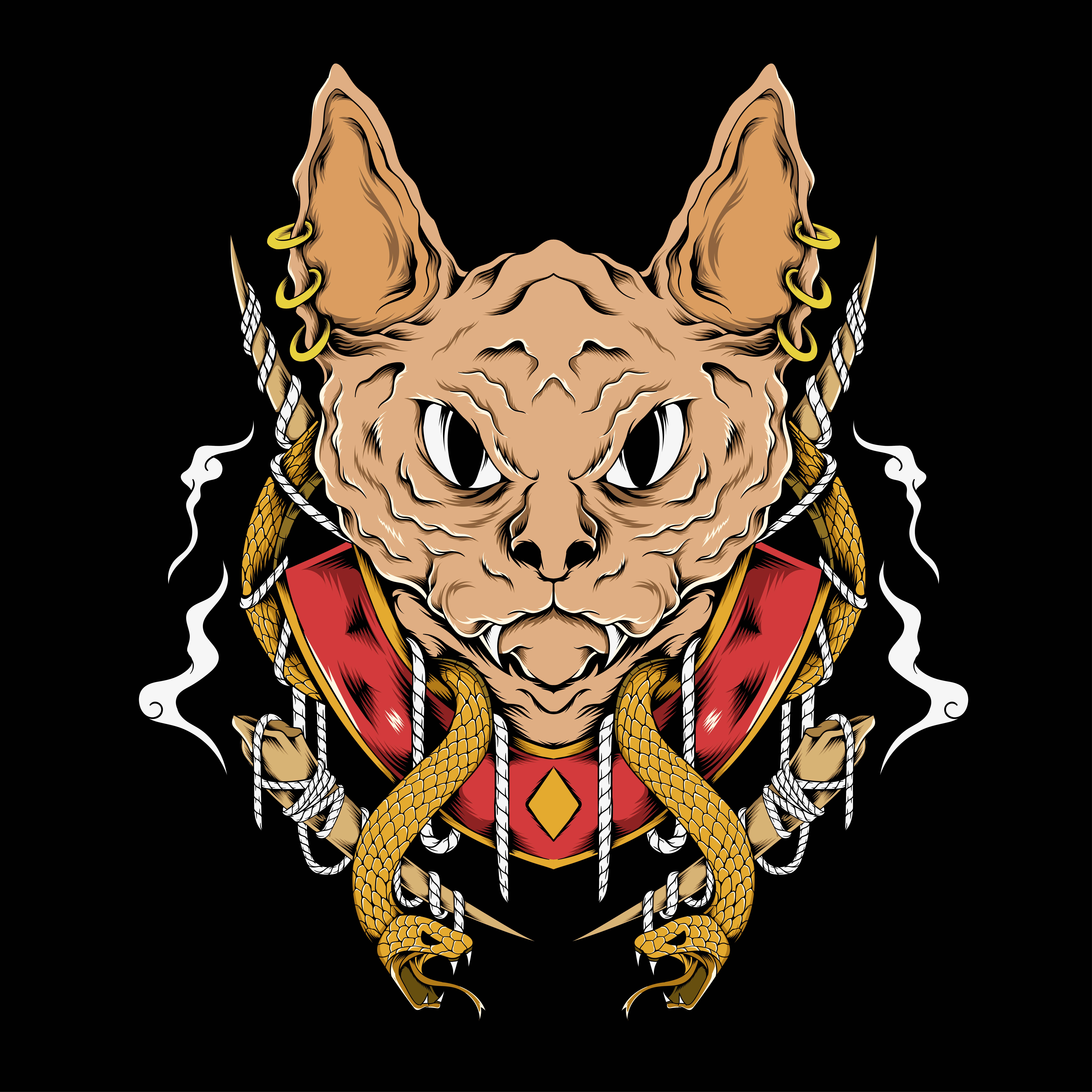HOME | DD
 ScreenSamurai — Saharan False Gopher
ScreenSamurai — Saharan False Gopher

#africa #animal #burrowing #cane #desert #false #gopher #mammal #rat #rodent #sahara #saharan #canerat #futureevolution #speculativeevolution #speculativebiology #speculativezoology
Published: 2021-08-03 09:40:56 +0000 UTC; Views: 8688; Favourites: 58; Downloads: 1
Redirect to original
Description
Common Name: Saharan False GopherScientific Name: Pseudogeomys saharas
Length: 25 to 35 centimeters from head to tail
Weight: 180 to 220 grams
Diet: Roots, seeds, grass, herbs, and other vegetation
Distribution: The dry grasslands of the New Sahara Desert in Africa
Lifespan: 2 to 3 years
Description: Rodents are still the most diverse mammals in the Novicene. The New Sahara desert isn’t void of rodents, and the rodents are similar to the ones of the Holocene. For example, jerboas and gerbils (except with a few species) are relatively unchanged between now and the past. However, the new arrivals of the deserts are very different from their ancestors. They had to adapt to this harsh environment, so these rodents need a whole new set of adaptations for this environment. The best example of this is the Saharan false gopher.
The Saharan false gopher is a species of fossorial cane rat that evolved to live in the dry grasslands. They are similar in size to some species of gophers. Unlike gophers, false gophers can see better than the animal that is named after. Their vision is on par with that of prairie dogs or ground squirrels. This vision allows them to see predators when they empty excess dirt of their burrows. Their feet evolved to dig and clear out burrows. Researchers observed these rodents kicking up dirt out of their holes. Like most desert animals, they get their hydration through their food. Most species of desert plants store lots of water in their roots. They have easy access to this food supply due to their interconnected burrows. However, all of these adaptations pale in comparison to their social behaviors.
These rodents live in groups of up to 60 adult individual false gophers. Like prairie dogs, they have close social bonds with each other. Unlike prairie dogs, they don’t have special calls for certain things. However, they use body language and scents to communicate with other false gophers. Due to their large population size for each colony, their burrows can cover over 800 square meters of large area and reach 6 meters down. These tunnels are generally safe places, except where a burrowing cobra breaks into the tunnel system. Burrowing cobras are a false gopher’s worst nightmare since they can eat everything that moves in the system. Although, a burrowing cobra will only eat a few false gophers before leaving. Nevertheless, this social network makes them one of the most successful species of rodents in the New Sahara Desert.


























